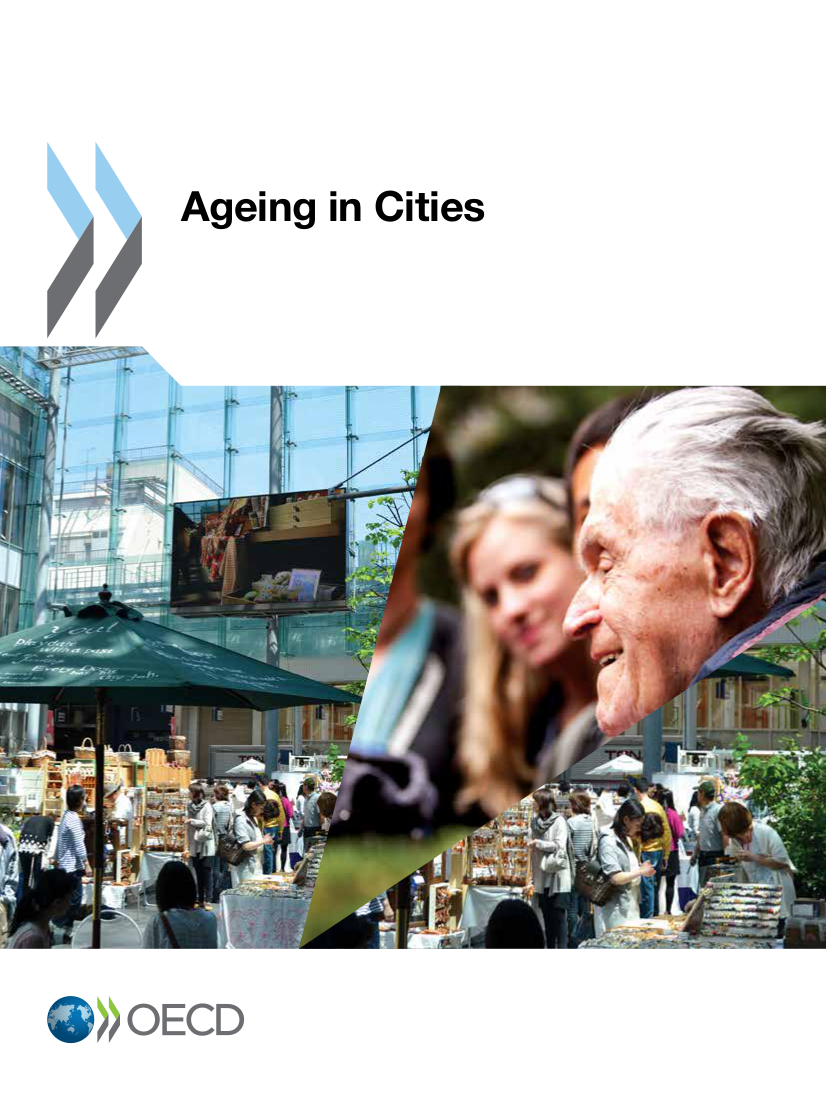Solving Age-Friendly Dilemmas
A heritage of Roman culture developed by Portuguese during the nineteenth century, the Portuguese pavement is a good example of the potential dilemmas that can arise from age-friendly initiatives. That ancient city technology is not only a smart and eco-friendly solution but also an infinite source of inspiration for artists.

However, when it comes to pedestrian safety, in particular the safety of frail citizens, the Portuguese pavement might not be the most adequate technology available. In fact, it might represent a significant increased risk.Read More »Solving Age-Friendly Dilemmas

